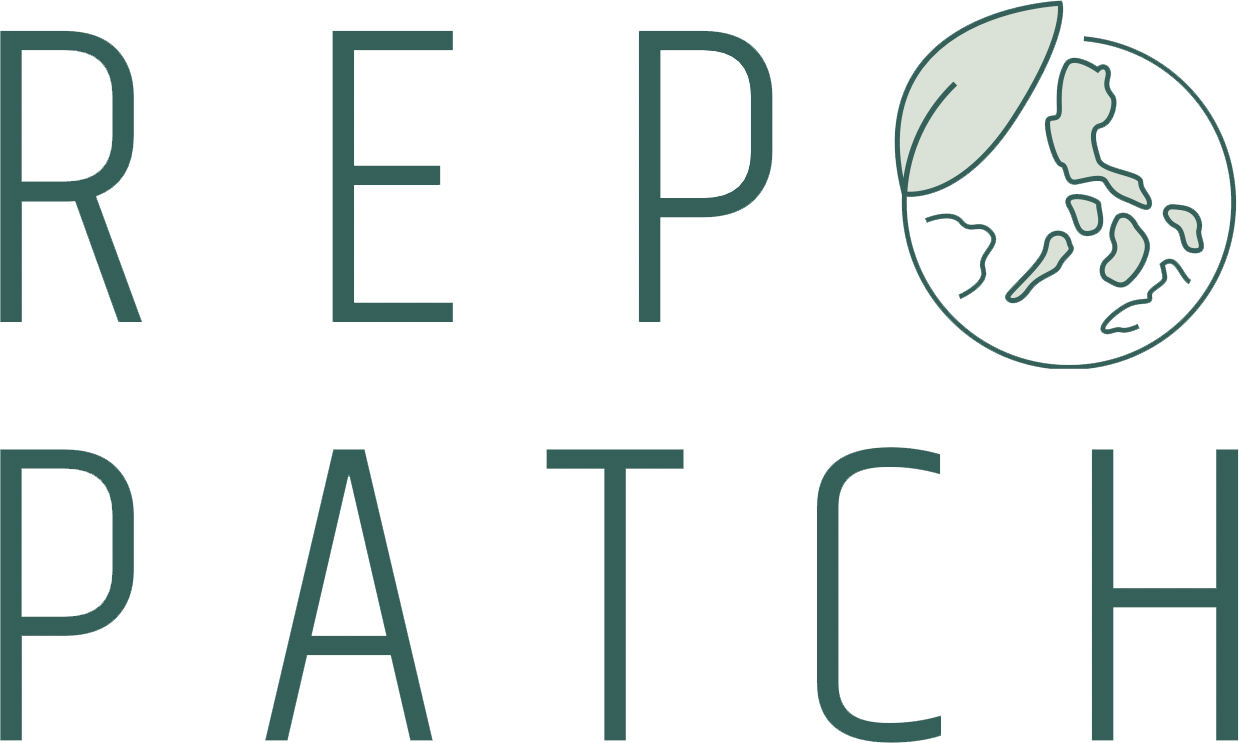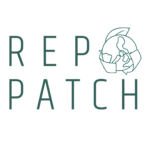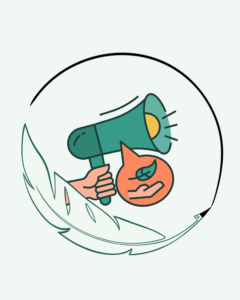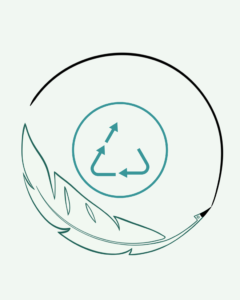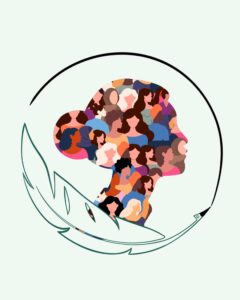For about two years, I have been examining various concepts under the area of sustainability in the academic field and making relevant publications. I also meet with experts on these issues, get their opinions, and even conduct in-depth interviews in the scientific field. I think that such interviews are extremely valuable in terms of adding information to the literature, because there may be differences between theory and practice. Interview examples are especially effective in contributing to the literature on the experiences of people working in various companies related to this business.
The subject of this blog, as the title suggests, is recycling and upcycling. I think both concepts will maintain their place on the agenda considering today’s environmental problems. First of all, recycling; It is the transformation of any expired product into another product by going through various industrial processes. However, in these processes, there is a loss in the quality of the product, and products of lower quality than the first product are produced. For example, making black garbage bags from waste plastics.
If we consider upcycling; It is a process that involves processing any product that is considered waste and transforming it into new, more qualified products. Unlike recycling, the new product created here gains value, all these processes can be associated with craft or slow production. New products produced by upcycling method; depending on the manufacturer, it may be unique or limited edition.
It is important for us to understand these concepts for the rest of the article. First of all, I must say that this part of the blog is an area open to criticism and discussion, where I express my thoughts.
Recently, my upcycling network has expanded further; as I got to know materials in different disciplines such as plastic, metal and paper. I also thought about the resulting transformation products and production methods, my thoughts about which of the definitions I mentioned covered these production methods were fueled. In fact, I am not interested in which new products are included, but how they become more qualified. Until now, the definition that provided this was upcycling. Because in recycling, there was always a loss of quality and the formation of a product of lower quality.
For my field, the textile industry, the fibers of recycled textile products are shorter than normal fibers, which directly affects the yarn quality and the resulting product. Clothes produced from these transformed short fibers wear out more quickly as a result of external factors such as friction and washing. Recycled fibers are used at a certain rate in production, we can think of this ratio as 30%, 40%, the reason for this is to increase the strength of the yarn to be produced by mixing short fibers with long fibers. However, in a meeting last month, when I was talking about the shortness of recycled textile fibers, a manager who is an expert in the textile field said; the desired fiber length is now achieved. This issue, of course, progresses in parallel with technological developments. So I did some research on the subject because this could be a kind of compensation for the losses in textile recycling. As a result, the fiber length problem reached various solutions.
To give another example; again, with today’s technologies, we can see that pet bottles quickly turn into textile fibers. Is there a loss of quality for plastic bottles here? Is the textile fiber it turns into a lower quality product? So why does it turn into textiles? Do such questions involve bringing the material to a better point, which is perhaps one of the most determining factors between upcycling and recycling?
Cif, one of the brands we all know in Turkey, built Cif Kadıköy Park from the waste collected through garbage traps placed on the Bosphorus. Here we can see that the quality has been increased, but the brand defined this as recycling. In my opinion, it is definitely “upcycling”.
Another difference between the two concepts; industrialization. Because industrial production means carbon footprint. It means using energy again while transforming. While it provides benefits, there is also the energy consumed and the resulting carbon footprint. Of course, the benefits and costs of these processes are very important and a return is made accordingly. So what does the industrialization of upcycling sound like? Frankly, I think this will appear in the near future. Transforming waste by increasing its quality sounds good when presented as a new solution proposal. But in such a transformation process, carbon footprint and energy consumption will be waiting at the door.
On the other hand, are upcycled products that embrace slow production a wholesale solution to waste? What percentage of waste would be recycled by upcycling individually or in smaller communities? Upcycling is first and foremost a philosophy, but can a more effective result be achieved when methods are developed and more waste is recycled? When I started thinking about all this, the sharp lines between these two concepts began to blur. Of course, this includes the industrialization process of upcycling. Today, people who make individual transformations, and we often come across examples of them even on social media, need to convey their work as upcycling.
Perhaps, with the developing technology and the new world order, these definitions, which are not yet clear for many people, will be redefined. As part of a community that conducts R&D studies in this field, I can say that; I am in favor of the continuity of this process as the quality of waste increases, the area of use expands and, of course, provides benefits.
